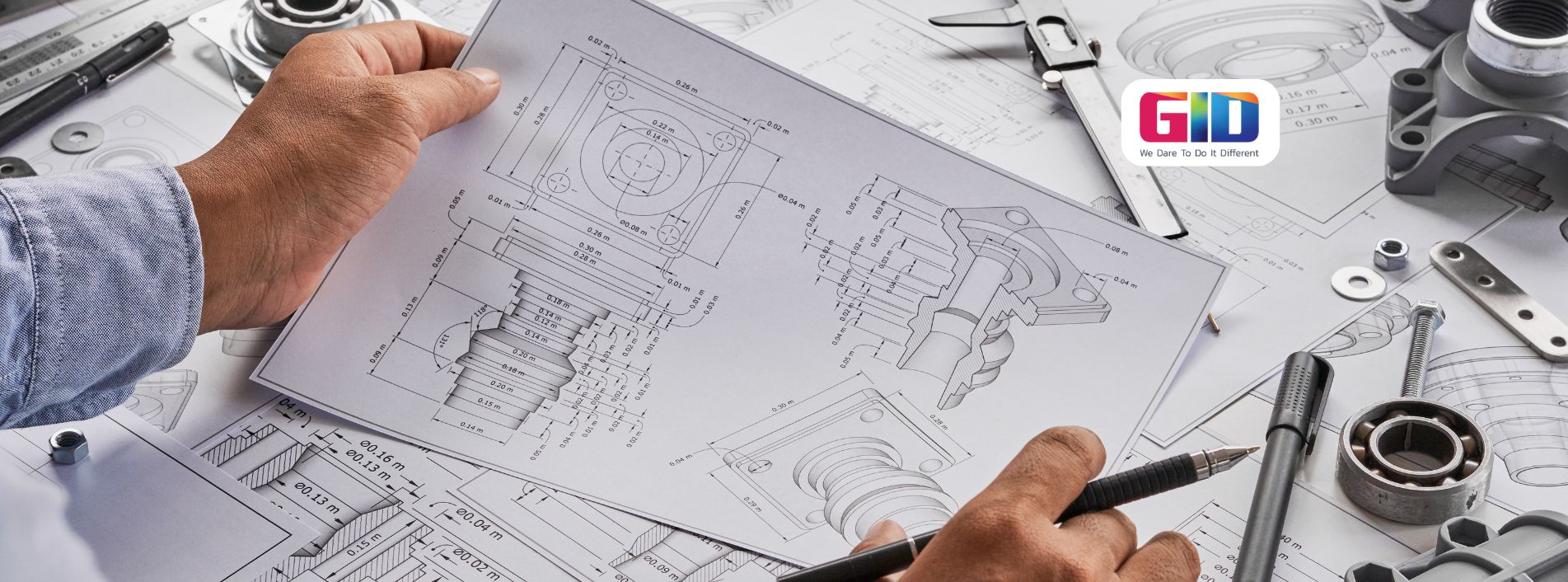
In today’s rapidly evolving technological landscape, IoT product development has emerged as a cornerstone for innovation across industries. From smart homes to connected healthcare systems, IoT is transforming how we interact with devices, collect data, and make informed decisions. Whether you are a business leader, an entrepreneur, or a tech enthusiast, understanding the intricacies of IoT product development is essential to staying ahead in the competitive market.
What Is IoT Product Development?
IoT product development refers to the process of designing, building, and deploying connected devices that communicate and share data through the internet. These devices often consist of sensors, software, and hardware that work together to provide seamless automation and actionable insights. Examples of IoT products include smart thermostats, wearable fitness trackers, industrial monitoring systems, and more.
Key Trends in IoT Product Development
-
Edge Computing: By processing data closer to the source, edge computing minimizes latency and improves real-time decision-making. This is becoming a critical aspect of IoT solutions.
-
AI and Machine Learning Integration: IoT devices equipped with AI capabilities are smarter, capable of learning from user behavior, and offering predictive analytics.
-
5G Connectivity: With faster data speeds and lower latency, 5G is enhancing the functionality and scalability of IoT devices.
-
Focus on Cybersecurity: As IoT devices collect sensitive data, ensuring robust security measures is a priority for developers.
-
Sustainability: Eco-friendly IoT devices are gaining traction, with a focus on energy efficiency and minimal environmental impact.
Benefits of IoT Product Development
-
Enhanced Efficiency: IoT devices automate repetitive tasks and optimize resource usage, saving time and energy.
-
Improved Decision-Making: The data collected by IoT devices provides valuable insights that drive informed business decisions.
-
Cost Savings: By reducing operational inefficiencies and downtime, IoT solutions contribute to significant cost reductions.
-
Better Customer Experience: IoT-powered products offer personalization, convenience, and reliability, enhancing user satisfaction.
-
Scalability: IoT systems are designed to grow alongside business needs, making them ideal for both startups and large enterprises.
Challenges in IoT Product Development
While the potential of IoT is vast, developers face challenges such as:
-
Interoperability: Ensuring that devices from different manufacturers work seamlessly together.
-
Data Privacy Concerns: Protecting user data from breaches and misuse.
-
Complexity in Design: Developing hardware and software that integrate smoothly.
-
Cost of Implementation: Initial investments in IoT infrastructure can be high.
Strategies for Successful IoT Product Development
To create impactful IoT products, consider the following strategies:
-
Start with User Needs: Conduct thorough research to understand your target audience and their pain points.
-
Leverage Prototyping: Develop prototypes to test functionality and gather feedback early in the development cycle.
-
Adopt Modular Design: Modular designs allow flexibility and easy upgrades as technology evolves.
-
Prioritize Security: Implement robust encryption, authentication, and regular security updates.
-
Collaborate with Experts: Partner with experienced IoT developers and designers to streamline the process.
Industries Revolutionized by IoT Product Development
IoT is reshaping numerous industries, including:
-
Healthcare: Remote patient monitoring, smart medical devices, and health tracking wearables.
-
Agriculture: Precision farming, soil monitoring, and automated irrigation systems.
-
Retail: Smart shelves, inventory tracking, and personalized shopping experiences.
-
Manufacturing: Predictive maintenance, quality control, and supply chain optimization.
-
Transportation: Connected vehicles, fleet management, and traffic monitoring systems.
The Future of IoT Product Development
As IoT technology advances, we can expect:
-
Increased adoption of AI-powered IoT devices.
-
Growth in smart cities with interconnected infrastructure.
-
Expansion of IoT in underexplored sectors such as education and entertainment.
-
More emphasis on data privacy and ethical practices.
Final Thoughts
IoT product development is not just about creating smart devices; it’s about building a connected ecosystem that enhances lives and businesses. By staying updated on trends, overcoming challenges, and implementing strategic practices, you can harness the full potential of IoT technology. Whether you’re a developer or a business owner, the time to invest in IoT innovation is now.